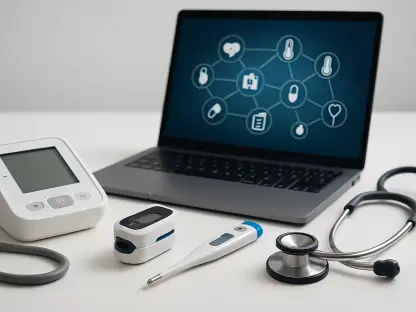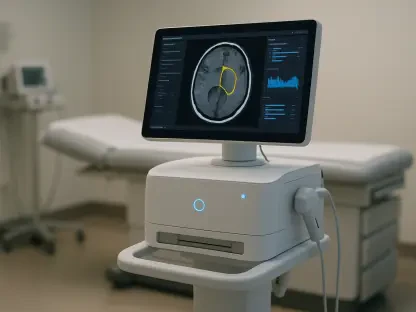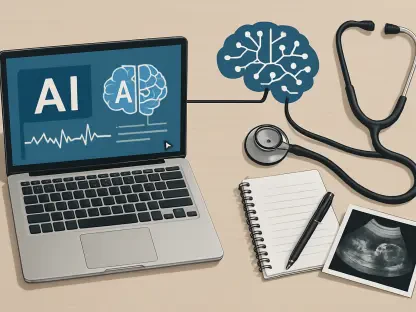Robotics have introduced a groundbreaking transformation in dental care, enhancing precision and patient outcomes, and revolutionizing the industry. Since the inception of robotics in dentistry, technological advancements have dramatically minimized human errors, reduced procedural durations, and improved recovery rates after surgeries. The global robotic dentistry market, currently valued at USD 712.47 million, is expected to witness substantial growth over the coming years, with projections showing a significant yearly increase reaching USD 2.6 billion by 2027. Initially utilized primarily in orthopedic and neurosurgical procedures, robotic-assisted systems have found their place within dental practices. The first FDA-approved robotic dental surgery system in 2017 marked the beginning of a new era, particularly in implantology, which continues to benefit from the precision these systems offer.
Expanding the Scope of Robotic Applications in Dentistry
Robotics have expanded their reach into various branches of dental care, such as implantology, periodontal surgery, and endodontics, demonstrating the immense capabilities of these systems in enhancing surgical precision and recovery. These applications have fundamentally changed how certain procedures are performed, reducing the potential for human errors, and offering more predictable outcomes. The advent of robotics has also paved the way for advancements in diagnostics and teledentistry, leveraging artificial intelligence to facilitate early diagnosis and efficient treatment planning. By integrating AI, dentists are now able to identify complex oral issues at earlier stages, thus optimizing treatment strategies to better cater to patients’ specific needs. The journey to incorporating robotics in dental practices has prompted educational institutions to revisit their curricula. Renowned universities such as Harvard and USC have taken significant strides in integrating robotics training to prepare the next generation of dentists for these technological advancements.
Challenges and Opportunities in Robotic Dental Care
Despite the remarkable progress robotics have brought to dental care, several challenges linger. The high implementation costs represent a significant hurdle for many dental practices, along with the requirement for specialized training to operate these sophisticated systems proficiently. Regulatory concerns add another layer of complexity, demanding thorough evaluation to ensure safety and efficacy in patient care. Nonetheless, these challenges cannot overshadow the promising opportunities robotics present within the dental field. Concepts such as autonomous dental procedures and advancements in regenerative dental technologies are emerging, offering exciting prospects for practitioners. As robotics continue to evolve, the potential for expanding remote healthcare access becomes increasingly evident, enabling specialists to deliver quality care to patients residing in underserved regions. For these innovations to become standard practice, stakeholders must address barriers proactively, paving the way for routine robotic-assisted procedures, and transforming the dental industry.
A Look Ahead: Navigating the Future of Robot-Assisted Dentistry
Robotic innovations have increasingly permeated various areas of dental care, including implantology, periodontal surgery, and endodontics. They are showcasing their remarkable ability to improve precision in surgical procedures and aid in faster recovery. These applications have revolutionized traditional methods, minimizing the likelihood of human errors and delivering more reliable outcomes. Additionally, the emergence of robotics has been the catalyst for progress in diagnostics and teledentistry, harnessing artificial intelligence to promote early detection and effective treatment planning. AI integration allows dentists to uncover intricate oral health issues sooner, thus refining treatment plans to meet patients’ unique requirements. This shift towards robotics in dental practices has led educational institutions to update their curricula. Esteemed universities, including Harvard and USC, are advancing robotics training to equip future dentists with the skills needed to embrace these technological advancements, ensuring they are prepared for the evolving landscape.









